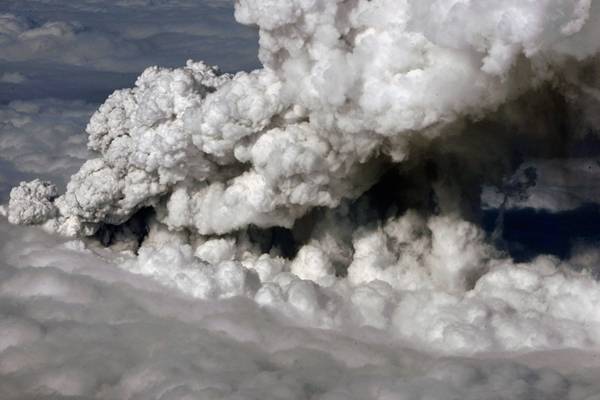
Ring around the rosey…a pocket full of posies…Image: UPPA/ZUMApress.com

Ring around the rosey…a pocket full of posies…Image: UPPA/ZUMApress.com
NASA's Terra satellite has captured another image of Iceland's Eyjafjallajökull volcano ash cloud, now moving into Germany. Eyjafjallajökull continues to spew ash into the air and the ash clouds are still impacting air travel in Northern Europe.
NASA's Terra satellite flew over the volcano on April 16'2010 at 10:45 UTC (6:45 a.m. EDT) and the Moderate Resolution Imaging Spectroradiometer, or MODIS instrument aboard Terra captured a visible image of Eyjafjallajökull's ash plume over the England and the Netherlands, stretching into Germany.
Air travel into and out of northern Europe has either been grounded or diverted because volcanic ash particles pose a risk of damage to airplane engines. NASA works with other agencies on using satellite observations to aid in the detection and monitoring of aviation hazards caused by volcanic ash.
For more on this NASA program, visit: http://science.larc.nasa.gov/asap/research-ash.html.
The MODIS Rapid Response System was developed to provide daily satellite images of the Earth's landmasses in near real time. True-color, photo-like imagery and false-color imagery are available within a few hours of being collected, making the system a valuable resource. The MODIS Rapid Response Team that generates the images is located at NASA's Goddard Space Flight Center in Greenbelt, Md.
For more information and a real-time MODIS image gallery, visit: http://rapidfire.sci.gsfc.nasa.gov/.
A destroyed road over the Markarfljot River to the west of Eyjafjallajokull glacier after the eruption.
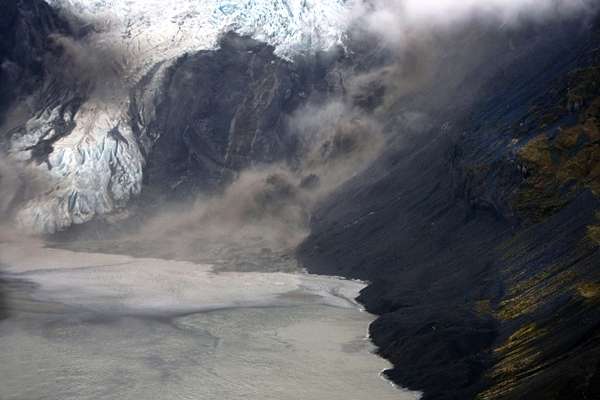
Image: UPPA/ZUMApress.com
The Eyjafjallajokull glacier underneath which the eruption took place.
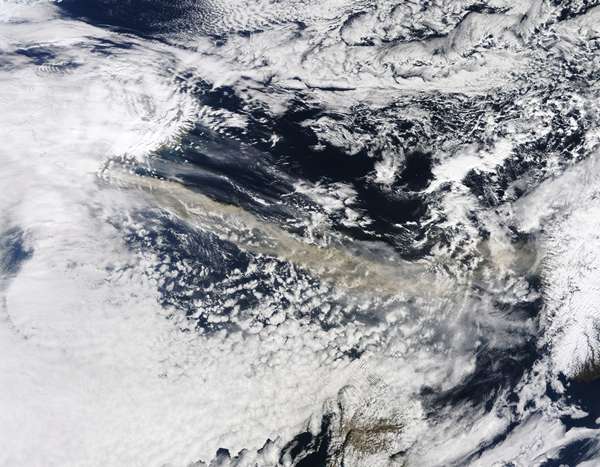
Image: NASA/EPA/Zuma Press
NASA's Terra satellite flew over the volcano at 11:35 UTC (7:35 a.m. EDT) on 15 April 2010 and the Moderate Resolution Imaging Spectroradiometer, or MODIS instrument aboard Terra captured a visible image of the ash plum from Eyjafjallajokull Volcano.

Image: NASA/ZUMApress.com
NASA's Terra satellite captures the cloud of volcanic dust heading to the UK after the eruption in Iceland. The cloud has brought chaos to air travel, with flights expected to be grounded until tomorrow morning.
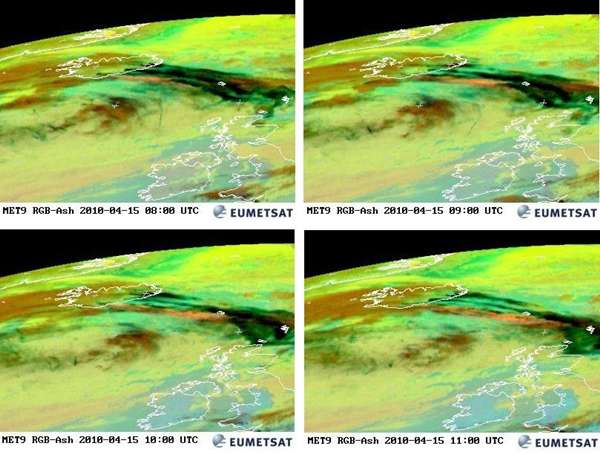
Image: EPA/ZUMApress.com
A four way composite photo from EUMETSAT showing images of the air space above Iceland with the ash clouds taken on 14 and 15 April 2010.

Image: EPA/ZUMApress.com
A handout photograph released by the Icelandic Coast Guard showing an aerial view of the ash cloud dated 14 April 2010

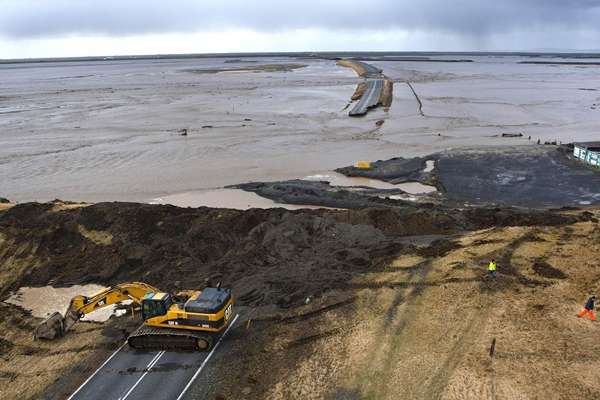









Posting Komentar